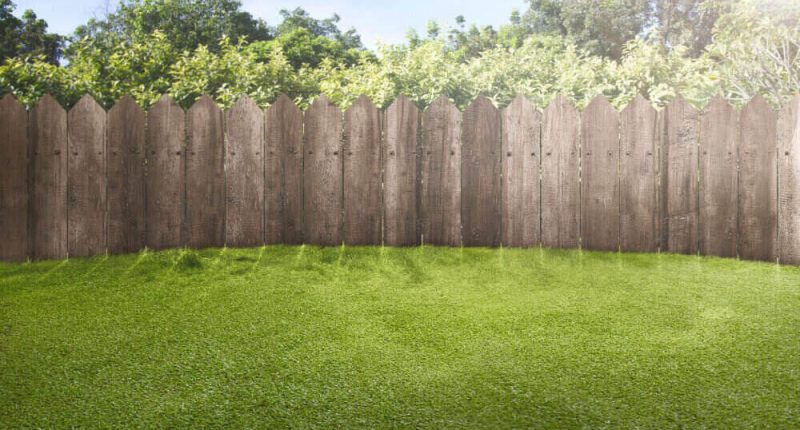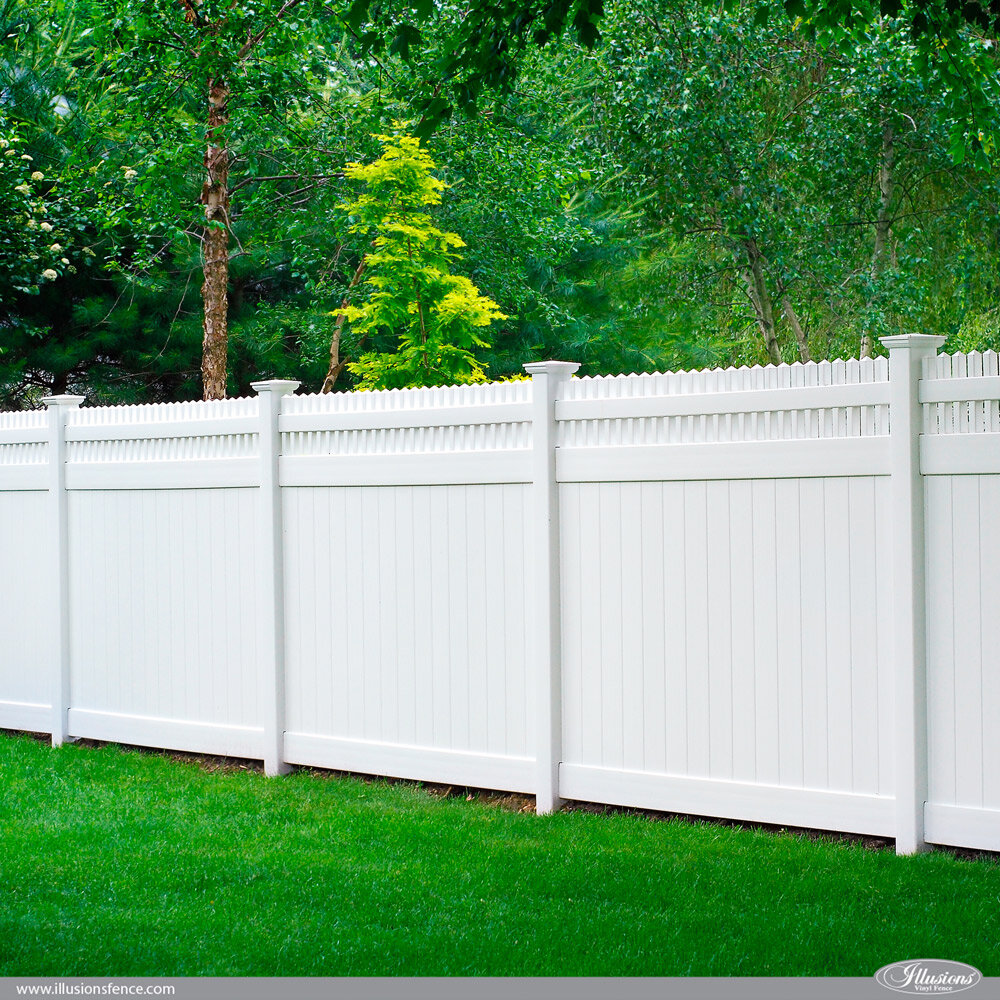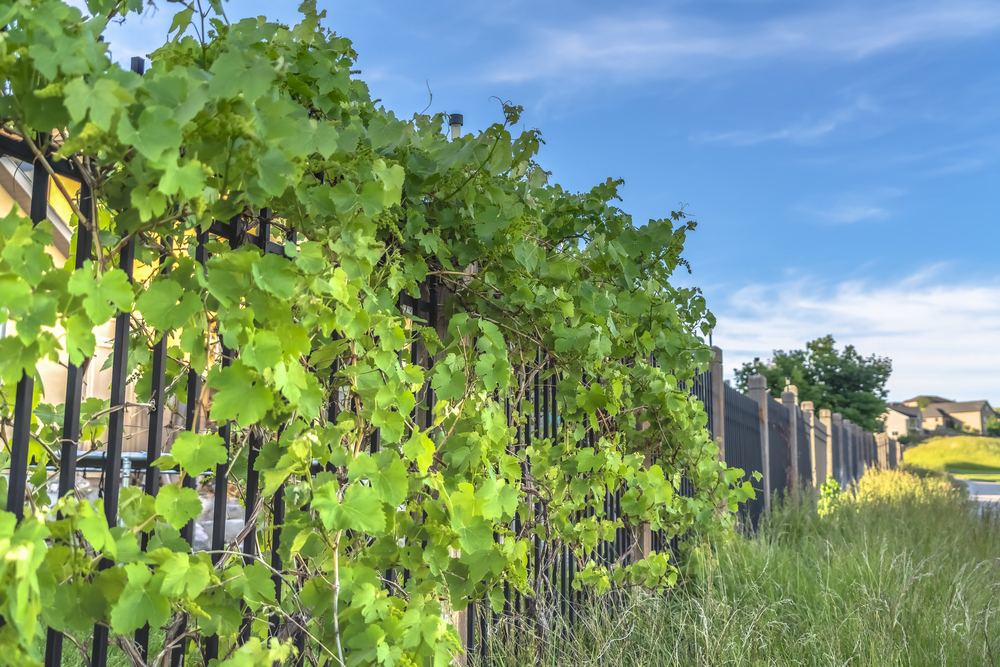Featured

As businesses and house owners alike become much more environmentally mindful, discovering sustainable and eco-friendly fencing materials is an important consideration. Whether you're wanting to build a fence for personal privacy, safety, or visual appeal, choosing products that lessen your ecological impact can assist protect the planet. In this message, we will explore several environment-friendly secure fencing choices, each offering unique advantages for your residential property and the environment.
- Bamboo Fencing: A Renewable Resource. Bamboo is commonly recognized as one of one of the most sustainable and eco-friendly fence materials offered today. As a grass instead than a tree, bamboo expands swiftly and can reach complete maturation in simply 3 to 5 years, making it a highly renewable resource.
Ecological Benefits: Bamboo soaks up extra carbon dioxide than numerous other plants, helping balance out greenhouse gases. Furthermore, bamboo calls for very little chemicals and fertilizers, making it a healthier alternative for the environment. Durability: Effectively dealt with bamboo is resistant to insects and moisture, suggesting it can endure the aspects far better than other timber choices. Aesthetic Appeal: Bamboo provides a clean, contemporary look that works well with various landscaping designs, from exotic gardens to contemporary metropolitan styles. While bamboo fencing is durable, it does need correct like maintain its long life, such as routine cleaning and periodic sealing.
- Recycled Timber Fence: Granting New Life to Old Products. Recycled timber is an outstanding eco-friendly selection for those who desire the natural elegance of wood fencing without adding to logging. This product is typically sourced from old buildings, pallets, or other repurposed wood products, lowering the demand for newly collected hardwood.

Ecological Benefits: Utilizing recovered timber helps in reducing the requirement to cut down brand-new trees and can additionally avoid important materials from winding up in landfills. Longevity: Depending upon the kind of wood and therapy it obtains, recycled timber fences can be equally as sturdy as new timber, especially if preserved correctly with sealants and weatherproofing. Visual Appeal: Recycled timber fencings carry a rustic appeal and can be discolored or painted to fit your individual design. The main consideration with recycled wood is its maintenance. Gradually, wood can become prone to rot, insect damages, and weathering, so normal upkeep is needed to extend the life of your fence.
- Steel Fencing: Recyclable and resilient. Aluminum and steel secure fencing, specifically when sourced from recycled materials, offers a strong, eco-friendly option to conventional wood fencing. These metals are 100% recyclable, indicating they can be repurposed forever without losing top quality.

Ecological Advantages: Metals like light weight aluminum and steel minimize the demand for brand-new mining and resources removal, both of which have considerable environmental influences. In addition, recycling metals requires less energy contrasted to creating new metal from resources. Resilience: Steel fencings are extremely strong, immune to weathering, and need little maintenance compared to timber options. Visual Appeal: Metal fencings can be developed in sleek, contemporary styles, or even more traditional appearances, giving flexibility for any kind of home. While steel fencings are low-maintenance and durable, they are not as efficient at offering personal privacy contrasted to wood or vinyl choices due to the rooms in between the bars or slats.
- Living Fences: All-natural and Environment-friendly. Living fences, made from thick hedges, hedges, or trees, give a natural and ecologically friendly option to standard fence. Not only do they develop a personal privacy obstacle, yet they additionally add to the setting by sustaining wildlife and boosting air top quality.
Environmental Advantages: Living fences soak up carbon dioxide, boost soil high quality, and give environments for birds and other wild animals. Furthermore, they minimize sound pollution and enhance air high quality by filtering contaminants. Resilience: While living fences call for even more maintenance than other materials (e.g., trimming, watering), they can be extremely lasting if appropriately kept. Aesthetic Allure: Living fencings create an attractive, all-natural limit that improves the landscape and uses a natural and unique appearance contrasted to traditional fencing choices. The essential disadvantage of living fences is that they need continuous upkeep and care, including normal trimming and bug control.
- Hemp Fencing: Lasting and solid. Hemp is a sustainable and fast-growing plant that can be made use of to create strong, eco-friendly secure fencing. Hemp secure fencing is made from natural hemp fibers, which are sturdy, biodegradable, and immune to parasites.
Ecological Benefits: Hemp grows quickly and calls for little water or chemicals. It likewise aids sequester carbon, minimizing greenhouse gases in the ambience. Once the fencing is no more required, hemp is biodegradable and can be composted. Longevity: Hemp is normally immune to mold and mildew and parasites, which assists it withstand numerous weather and prevent making use of rough chemicals. Sustainability: Hemp farming is much less resource-intensive compared to various other plants and aids keep soil wellness via crop turning. Hemp fences are a reasonably brand-new alternative on the market, and they may not be as commonly available as various other products. In addition, they may not be as typically utilized for high-security applications.
Final Thought: Pick Eco-Friendly Fencing for a Sustainable Future. There are lots of eco-friendly fence products to take into consideration, each offering distinct advantages for your residential or commercial property and the atmosphere. Whether you choose bamboo, recycled timber, steel, living fencings, or hemp, each choice enables you to develop a practical and attractive border while minimizing your environmental impact. By picking lasting materials, you add to a greener future and support the growing movement towards accountable building and construction and landscaping practices.
Latest Posts
Find Out Save Big on Car Maintenance with Montclare Auto Repair’s Special Deals
Published May 27, 25
1 min read
Explore WyHy Federal Credit Union – Essential Perks for Your Financial Success
Published May 27, 25
1 min read
Discover WyHy FCU – Key Advantages for Your Future
Published May 24, 25
1 min read